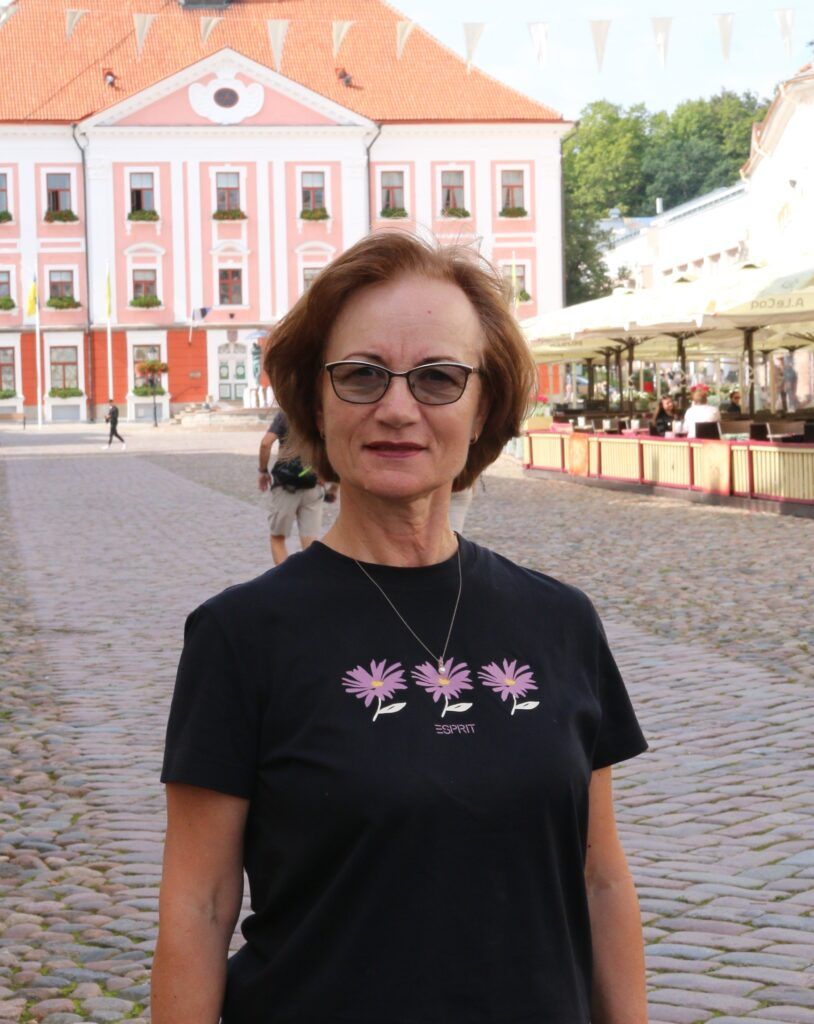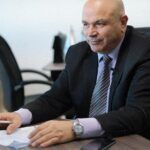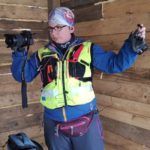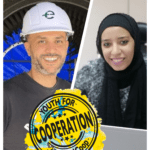Voices from the field
Unda Ozolina
“In the north, we have planted seeds for growth”
Carrying on the series of interviews with representatives of the ENI CBC programmes on the legacy and lessons learned from their programmes, we make a stop in Estonia. This time we have talked with Unda Ozolina, Head of the Joint Technical Secretariat of the Estonian EU external border Programme.
THE LEGACY OF ENI CBC
The Programme is coming to an end. Any challenges in the closure process?
Taking into account that we had projects from the last two calls running until 31 December 2023, in general our closure is going smooth, we have received all the project reports. As the JTS, we are doing our best to support the MA in drafting the final report. In addition, we have many communication and promotional events – the Final event, the celebration of #Interreg20 in Estonia, the release of the Programme Story Book. So, we have quite a busy schedule in this finish line of the Programme.
Looking back on the implementation, which thematic areas have achieved the greatest impact in the participating regions?
Even if the projects were finalised only on the Estonian side, all the Thematic Objectives – Environment, Business support, People-to-People activities – were fully achieved. The greatest impact was achieved by the projects connected to Peipsi Lake – starting from developing little harbours in Tartu, Mustvee, Räpina, Luunja, introducing cleaning systems, and ending up with counting lake fish! These projects have brought about a very significant change in the area, positively impacting on future activities, tourism and the economy.
It is always easy to demonstrate and to talk about the infrastructure part, but for us it is the people-to-people projects that are equally important, because they change people’s mindset. Some of our projects were focused on the border area – Setomaa – which has unique culture. These projects were aimed at promoting local heritage especially, among youngsters through nice summer camps and activities. For example, the project “Preserving heritage” had a deep impact on the young people, who produced short video clips with local dialects.
 We had a project which kicked off the Jazz Music Festival in Ida-Virumaa where such festivals are not a common topic. We were pleased to find out that the festival tradition continues supported by the local municipality.
We had a project which kicked off the Jazz Music Festival in Ida-Virumaa where such festivals are not a common topic. We were pleased to find out that the festival tradition continues supported by the local municipality.
A unique feature of our last 6th call were the projects on people-to-people cooperation supporting new immigrants from Ukraine. We had projects which provided courses in the Estonian language, as well as business consultations and trainings on entrepreneurship with visits and introduction to Estonian business environment and culture, enabling people from Ukrainian to enter the labour market.
Just yesterday, on 28 August, you held your Final event. Which achievements has it celebrated?
This event was a positive transfer and a celebration of what we have done, giving also the possibility to our beneficiaries and stakeholders to see the future opportunities. We had a plenary session on what worked well, where we discussed how flexible and adaptive has been our Programme and the European Commission with the new Regulation. We invited the Central Baltic Programme which absorbs the current period funds which were originally planned for Interreg NEXT Estonia-Russia. It presented the current opportunities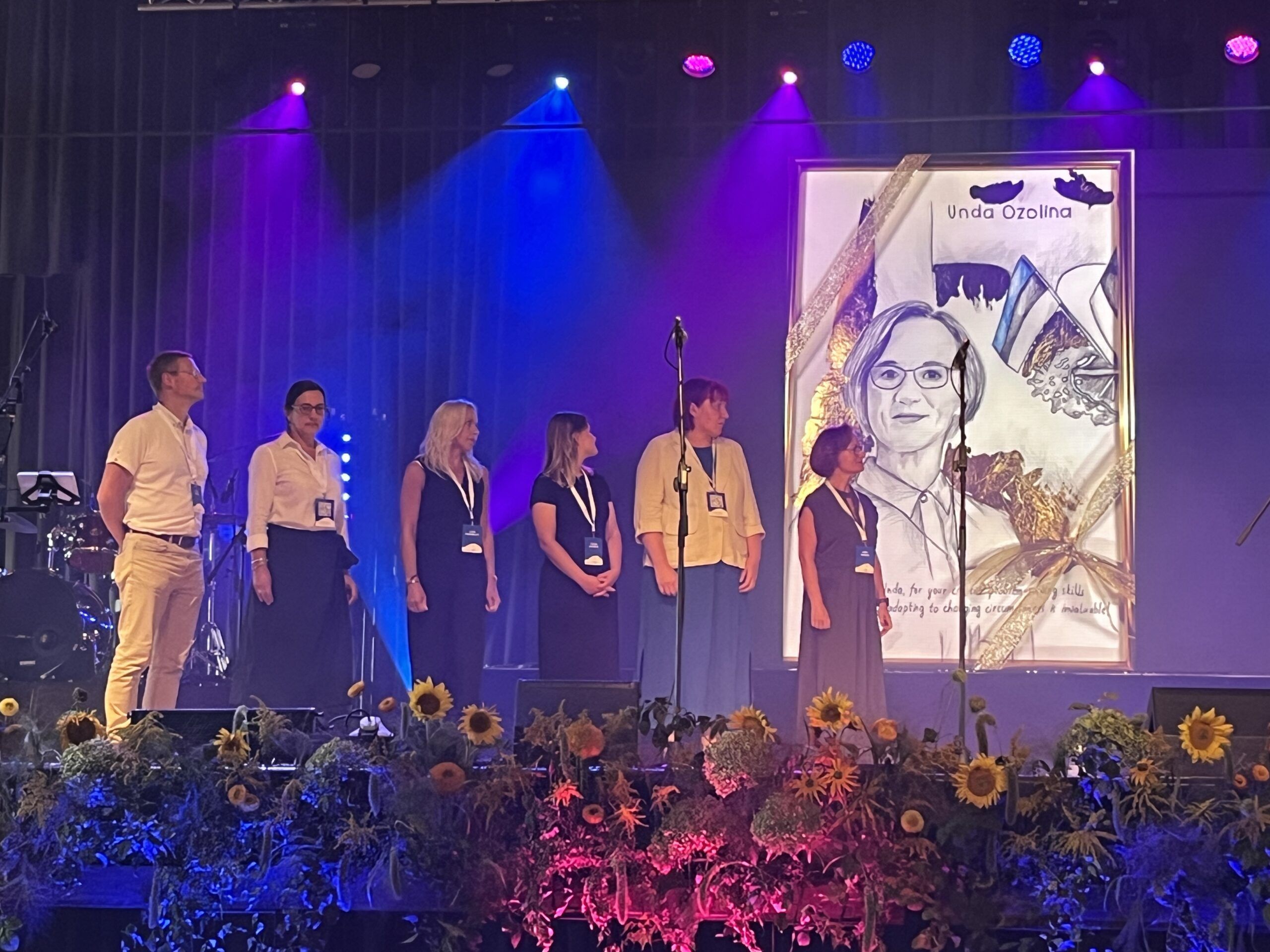 in the areas that used to be covered by our Programme. We hope that our beneficiaries will find new opportunities under the Central Baltic Programme, and that the plenary session helped them. We also had the Award Ceremony to thank the people involved in our projects, awarding “The best project manager”, “The best project site”, “The pearl of the region”, “The best communicator”, etc. For example, the awards for the best project sites went to the projects ER4 “River Promenade”, ER1 “Saatse road”, ER2 “Common Peipsi 2” (Lodjakoda), and ER209 “ROUGERESCUE” (Rõuge Rescue Depot). What is also important, the event was used to present for the first time our Programme Story Book.
in the areas that used to be covered by our Programme. We hope that our beneficiaries will find new opportunities under the Central Baltic Programme, and that the plenary session helped them. We also had the Award Ceremony to thank the people involved in our projects, awarding “The best project manager”, “The best project site”, “The pearl of the region”, “The best communicator”, etc. For example, the awards for the best project sites went to the projects ER4 “River Promenade”, ER1 “Saatse road”, ER2 “Common Peipsi 2” (Lodjakoda), and ER209 “ROUGERESCUE” (Rõuge Rescue Depot). What is also important, the event was used to present for the first time our Programme Story Book.
Tell us more about this Book. Which most notable legacy left by the Estonian EU external border Programme does it present?
The main idea of our Programme Story Book is provide an overview of the achievements in Estonia and tell the stories of our external border areas – Ida-Virumaa, Peipsi Lake, Semotaa – through the projects implemented there. It is a collection of people’s stories that capture many of the achievements attained by our project beneficiaries to develop the regions. As an important legacy, I’d like to mention that our Programme has given the “first push” to many ideas. Many good things have started thanks to the support of the Programme. For example, in winter we were invited to the opening of a library, and I was wondering if we had a library project. Then it appeared that thanks to our Programme’s funding during the 1st Call the beneficiary had prepared technical documentation, and then they looked for other funds to reconstruct the library. A similar story was with a cultural centre in Rouge, with the Jazz Festival in Narva-Jõesuu and with the harbours on Peipsi Lake. This Book collects many of such examples. I’d also like to underline the spirit of cooperation, constantly mentioned by the project beneficiaries through the pages. The e-version is available on our website (in English and Estonian), and I hope it will reach a wide audience.
Despite the cancellation of the Interreg NEXT programme, do you see cooperation opportunities for the participating Estonian regions in the post-27 period?
We have carried out a survey in the eastern part of Estonia, interviewing people – including youngsters – involved in our Programme. When we asked about the need for cooperation, everyone agreed that it was very much needed. The general opinion was that this border area needs special attention. And that cooperation between countries, not even having a common border, can be useful (e.g. between Finland and Latvia). Our view – which we voiced during the last Northern Cluster meeting in Lappeenranta – is that all EU countries having external border regions with Russia and Belarus could cooperate, because all of them have similar problems. In these regions, there is a need for additional funding that local communities or organisations do not otherwise have. The external border areas are scarcely populated, they are facing the challenge of retaining people, and they need to have the possibility of pre-financing for own activities. We also need to develop a positive image of these external border areas, which might be perceived as not very safe. Hopefully, in the post-27 period there will be some programmes to address the needs of our external regions.
